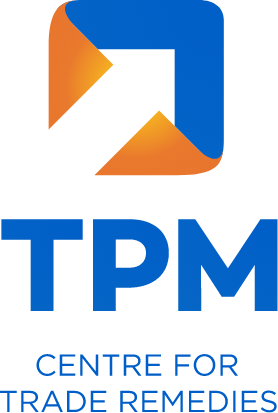Product Description- The product under consideration is Acrylic Fibre. The scope of the product includes acrylic staples, acrylic tow and acrylic top. Acrylic fibre is a long chain of synthetic polymer composed of at least 90% weight of acrylonitrile, which is a major raw material used to produce acrylic fibre.
HS Codes – The product under consideration is classified under Chapter 55 of the Customs Tariff Act, 1975, under the subheadings 55013000, 55033000, and 55063000. The product is also being imported under 55033090. The customs classification is only indicative and not binding.
Uses – Acrylic Fibre is used for manufacturing yarn, which is used in making apparel, household items, industrial use, etc.
Country involved- People’s Republic of China, Republic of Peru and The Kingdom of Thailand.
Applicants – Indian Acrylics Limited and Pasupati Acrylon Limited.
Period of investigation – 1st April 2023 to 31st March 2024.
Injury period – 2020-21, 2021-22 and 2022-23 and the period of investigation.
Margins and recommended Duties:
| Country | Producers(s) | Dumping margin (%) | Injury margin (%) | Duty ($/MT) |
| China PR | Jilin Jimont Acrylic Fiber Co., Ltd, Jilin Qifeng Chemical Fiber Co., Ltd and Jilin Chemical Fiber Group I/E Co., Ltd. | 20-30% | 0-10% | 34 |
| Any other producers | 40-50% | 10-20% | 216 | |
| Thailand | Thai Acrylic Fibre Co. Ltd | 0-10% | 0-10% | 56 |
| Any other producers | 10-20% | 0-20% | 236 | |
| Peru | Any other producers | 210-220% | 110-120% | 920 |
Key findings:
- The product under consideration is acrylic fibre of all types and kinds, excluding the following products:
- Homopolymer acrylic fibre
- Anti-pilling acrylic fibre
- Bluesign® APPROVED gel-dyed acrylic fibre
- Pigment (or solution) dyed acrylic
- High shrinkage acrylic fibre
- Pigment dyed or solution dyed acrylic fibre
- Recycled GRS-certified acrylic
- Acid-dyeable acrylic
- Anti-bacterial acrylic
- Thermoregulatory acrylic
- Low-abrasion acrylic fibre containing 100% acrylonitrile
- The product imported from Peru cannot be excluded from the scope of the investigation merely on the ground that the product is sub-standard.
- Vardhman Textiles Limited has consistently imported the product under consideration from the subject countries. It has not been able to justify the reason for the imports made by them. Therefore was not considered eligible domestic industry.
- Indian Acrylic Limited and Pasupati Acrylon Limited constitute as domestic industry within the meaning of Rule 2(b) and satisfies the criteria of standing in terms of Rule 5(3) of the Rules.
- Sudamedcana de Fibras S. A, the producer from Peru, has not offered verification of data, information, the Authority has not granted an individual dumping margin to the producer.
- China was earlier a net importer of the product. However, with establishing significant capacities, China has transitioned from being net importer to net exporter.
- Producer from Thailand has significantly high capacities as compared to the domestic demand for the product.
- Despite the Indian industry have the capacity to cater entire demand and the demand for the product showing a decline in the period of investigation, the imports from the subject countries have increased.
- The capacity with the domestic industry has remained constant throughout the investigation period.
- With decline in the market share of the Indian industry, the production, domestic sales and capacity utilization of the domestic industry has declined in the period of investigation.
- The profit before tax and cash profit of the domestic industry has turned negative in the period of investigation. Return on capital employed has sharply declined in the period of investigation.
- The demand for acrylic fibre has not shown any significant growth following the withdrawal of the measures. Therefore, the imposition of anti-dumping duties is expected make market prices competitive relative to international prices.
- The imposition of anti-dumping duty will not have any adverse effect on the downstream industry.
- The Indian industry has the capacity to meet the entire demand in India. Even if the users continue to source the product from the subject countries, they are free to import after payment of anti-dumping duties.
- The imposition of duties would not lead to a supply shortage to the user’s industry.
- The imposition of anti-dumping duty will not have any adverse effect on the downstream industry.

